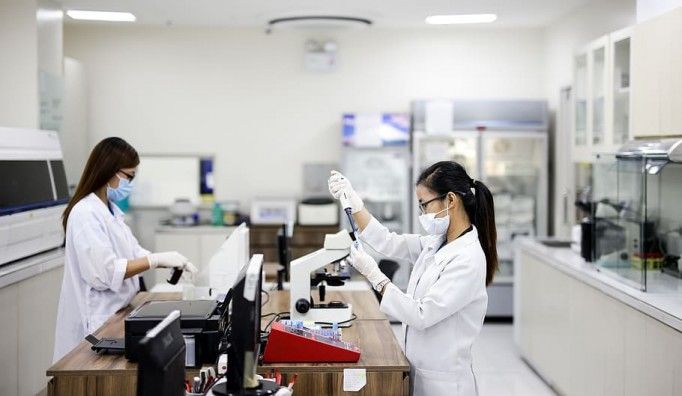The validation of the bioanalytical methods is necessary to produce reliable results in bioanalytical method transfer and method development studies.
What is Bioanalysis?
Bioanalysis is defined as “the identification and quantification of analytes in various biological matrices.” The validation of the bioanalytical methods is necessary to produce reliable results in bioanalytical method transfer and method development studies. The results of bioanalysis are used to make decisions regarding drug dosages and patient safety.
The realm of assay development services also covers pharmacokinetic and toxicological studies. Processes such as sample collection, handling, storage, shipping, and preparation are covered in the guidelines for the studies.
Comparison between the FDA Guidance and EMA Guideline
The EMA guideline has been used in the industry as a more stable guideline, as it is more widely known and reputable. The FDA guidance may be newer but is just as respected as the European guideline. The key is to explore the recent changes made to the FDA guidance and the existing EMA guideline.
Validation Parameters and Experiments
Both guides agree on the scope of bioanalytical method validation. There are some differences in terms of methodology and acceptance criteria. The FDA is a lot more standardised and specific about Standard operating procedures where the EMA is more flexible. The EMA is more specific about numeric values.
Documentation and Reporting
The FDA guidance is a lot more detailed and therefore provides a clearer picture of the presentation of documentation. There are rules regarding the presentation of QC results, correspondence records, and other details such as storage and receipt dates. The FDA has more specific terminology as well as procedures and added graphs and indexes.
Additionally
Apart from the differences mentioned above and similarities, there are a few more points that merit attention.
- The FDA does not include anything regarding the evaluation of the matrix effect. Any calculations and concepts seem to be replaced by more conservative ideas.
- The FDA, unlike the EMA, does not look into the investigation of unmatched results in ISR. The FDA does not recommend looking into them at all. While this point requires some discussion and study, both the EMA and FDA have agreed on sample size calculation methods.
- The FDA is a lot more specific about the evaluation of co-medication influences. There is also a suggestion that co-medication need to be studied for stability. This opens up a new set of experiments to be conducted. The whole area of co-medications needs more exploring to be done.
- Neither the FDA nor the EMA was able to provide principles suitable for endogenous analytes or biomarkers. There are a few recommendations in the FDA on QC preparation but remains wholly unrefined in any other guideline including the EMA.
- The FDA and EMA have agreed on the definition of small molecules acceptance criteria for LLOQ and ULOQ.
- The FDA brings up dried blood spots as a novel new technique.
Summing up
Both guides, the FDA and EMA, are similar in terms of their recommendations. There are certain differences say in terms of method development and validation and acceptance criteria, but they do agree on several important issues. The FDA guideline is a lot clearer, but the EMA is better at describing the practical conduct of experiments. Combining the best features of the two guides will help standardise industry procedure.





